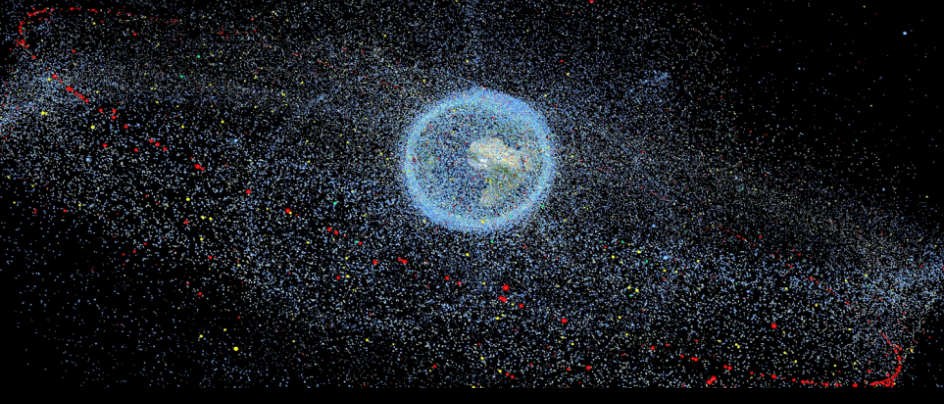Conveners
Talks - Day 2
- Vitali Braun (IMS Space Consultancy GmbH)
- Michael Clormann (Technical University of Munich)
- Xanthi Oikonomidou (European Space Agency)
The exploration and utilisation of space is affecting the environment in the vicinity of the Earth. The remains of space missions reach from paint flakes detached due to ageing to “dead” satellites and upper stages. These remains are called space debris and have more and more increasing effects on space-faring activities. Consequently, the space debris environment needs to be considered during...
Launched in 2008, the Columbus module of the International Space Station (ISS) has by now been exposed for more than 10 years to fluxes from micrometeoroids and space debris particles. Numerous impact craters are present on its outer surfaces. A group of researchers from various German entities has initiated an impact survey of outer surfaces of the Columbus module. Such a survey was supported...
Due to their high velocity, micrometeoroids and small orbital debris (MMOD) represent a threat to the spacecraft or its components. Moreover, the amount of debris in space is continuously increasing. It is thus necessary to assess the probability of spacecraft damage or failure due to a MMOD impact during its mission lifetime. The aim of a risk assessment is to identify the SC components...
With the multiplication of space missions and despite the severe European regulations, Man-made debris are still a major concern when it comes to satellite design. In order to be able to answer all projects demands, OHB put in place a quite complete process for applying the modelling in the context of MMOD analysis.
This process is based on MASTER on one hand and Systema/Debris on other hand....
In recent years, several metrics have been proposed to quantify the impact of a mission on the space debris environment. These emerging approaches are meant to go beyond the analysis of compliance of missions with space debris mitigation guidelines, by considering additional aspects such the short-term impact of a mission on its neighbours and the evolution of the environment.
Our...
MASTER and ARES are used in the preparation of operational collision avoidance support. Specifically, two tasks are addressed: a) Determination of the probability of collision threshold above which a manoeuvre is initiated. b) Defining of feasible avoidance manoeuvres, given realistic encounter scenarios. The use of these tools is exemplified based on the two HEO missions INTEGRAL (2002-048A)...
Hypervelocity impacts of man-made and/or natural microparticles pose a significant environmental hazard to any space systems. Therefore, a detailed assessment of the impact risk sustained in a particular environment (e.g. LEO, GEO, interplanetary) over the mission duration needs to performed during the design phase of the space system.
Due to the high complexity of the risk and damage...
A major aspect in the upgrade towards MASTER-8 was to come up with a functionality to assess flux uncertainties for the artificial space debris. The methodology is based on the comparison between measurements and the model output, expressed via the error-ratio. Depending on that ratio it was possible to have certain metrics defined for the first time in MASTER's validation process that go...

